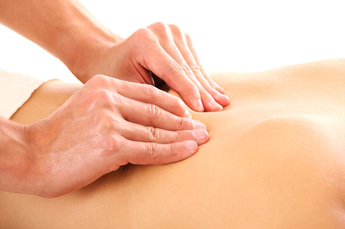This is responsible for activating the lymphatic system through which the elimination of fluids and molecules is accelerated.
Massage, more specifically, consists of a series of maneuvers that seek to move the lymph to the lymph nodes, which take it into the bloodstream to be evacuated.
LYMPH: It is a transparent liquid that is basically composed of proteins, fatty acids, cancer cells, germs and cellular and metabolic debris.
LYMPH NODES: They are kidney-shaped structures and their size can vary from millimeters to centimeters, they are located in numerous ways in the armpits, groin, abdomen and neck and mainly around the large blood vessels.
The effectiveness of lymphatic drainage is that it drains the fluids that produce edema and are not able to drain on their own, since the vessels can be obstructed, being the cause of fluid retention. Like any treatment, it must be constant to maintain its benefits and guarantee results.
APPLICATION:The main application given to lymphatic drainage is when traumatic edema or lymphatic complications occur, for example after surgery.
This procedure is applied in many cases such as:
-Traumatic edema such as bruises, muscle tears, dislocations.
-Works for arthritis and fibromyalgia.
-Severe acne.
-Lymphedema.
-Facial edema.
-Postoperative oedema.
-To improve healing.
-Edema due to pregnancy.
-Cellulitis.
CONTRAINDICATIONS: This procedure should not be performed when any of these complications occur.
-Malnutrition
-Cancer
-Infected wounds
-Phlebitis
-Thrombophlebitis











